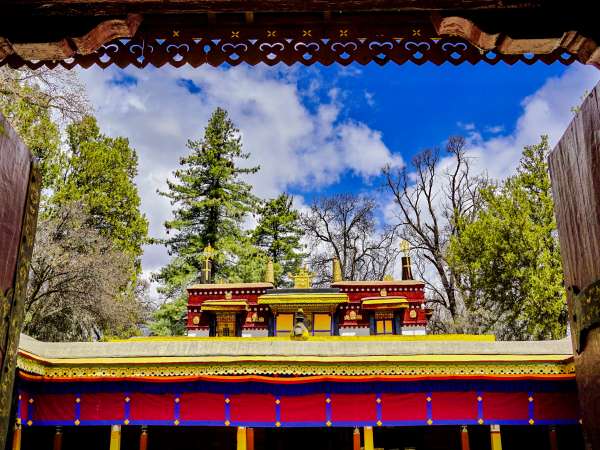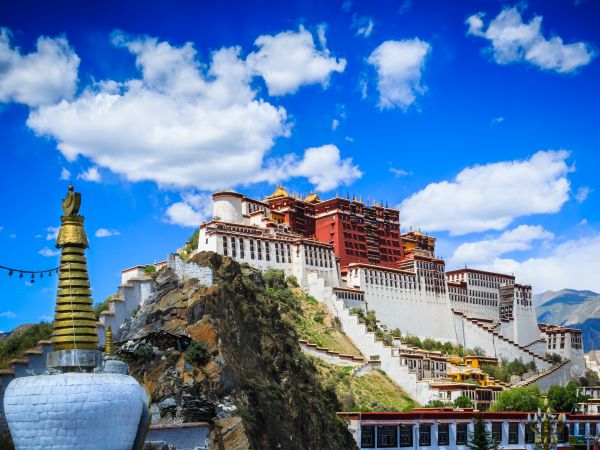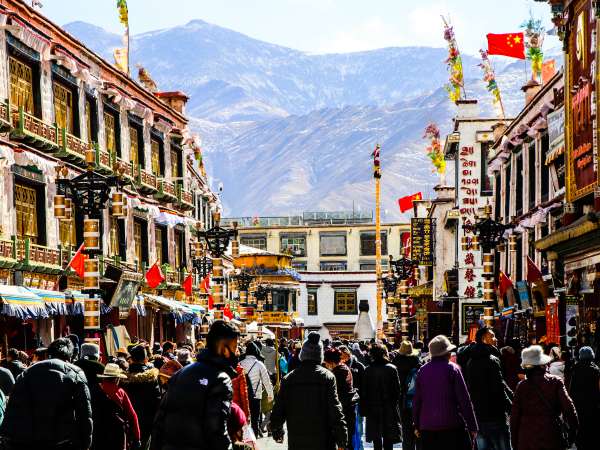The Best Time to Visit Lhasa
Lhasa is the capital of the Tibet Autonomous Region of China. It is located on the Tibetan plateau, surrounded by the Himalayan mountains. It is the second highest city in Asia and one of the highest in the world. At the same time, it is the center of Tibetan culture and the Buddhist religion. In Tibetan language, Lhasa means Holy Land or Land of Buddha. The grandeur of the red and white Potala Palace can leave your first impression of the city. For a long time, countless believers left their hometown and headed to Lhasa on pilgrimage. In this article we talk about the weather and geography of Lhasa, therefore tourists can choose a better time to travel to Lhasa.

Lhasa Climate and Weather
Lhasa has a semi-arid plateau monsoon climate, characterized by mild temperatures year-round. The historical maximum temperature is 29.6°C, while the lowest recorded temperature is below 16.5°C, with an average annual daytime temperature of 8°C. Winters are not extremely cold, nor are summers overly hot. Residents enjoy around 3,000 hours of sunshine annually, earning Lhasa the nickname "City of the Sun."
The heaviest rainfall occurs in July, August, and September, which are considered the best months to visit, as it typically rains at night, leaving sunny days. However, Lhasa experiences strong ultraviolet radiation, thin air, and significant temperature variations between day and night. Winters and springs can be cold and windy, with a frost-free period of about 100 to 120 days each year.

The Best Time to Visit Lhasa
Based on the above, summer and autumn are the most comfortable times to travel to Lhasa, generally from March to October, the weather becomes mild and humid. During this time, the air is filled with enough oxygen and the weather is pleasant. We recommend booking accommodation and attraction tickets in advance during high season. After entering the rainy season in July and August, it is necessary to pay attention to safety when traveling to Lhasa by car. Additionally, ultraviolet radiation is particularly strong at this time, so they need to focus on sun protection. From November to April of the following year, it is very cold. Most of the scenic spots are closed and it is not proper to visit. There are many tourists on Chinese New Year (usually late January or early February), International Labor Day (May 1 to May 3), and National Day (October 1 to October 7). It is best to avoid domestic travel times.

Because ultraviolet rays are very strong, sunscreen, sunglasses and a sunshade are also essential. Lhasa has a big temperature difference between day and night, so stay warm at all times. If in spring, autumn and winter, it is necessary to carry a down suit, knitted hat, cotton T-shirt, glove. Finally, you can prepare some usual medicines, for example yunnan baiyao, wanhuayou, band-aid, cooling oil, etc.

















